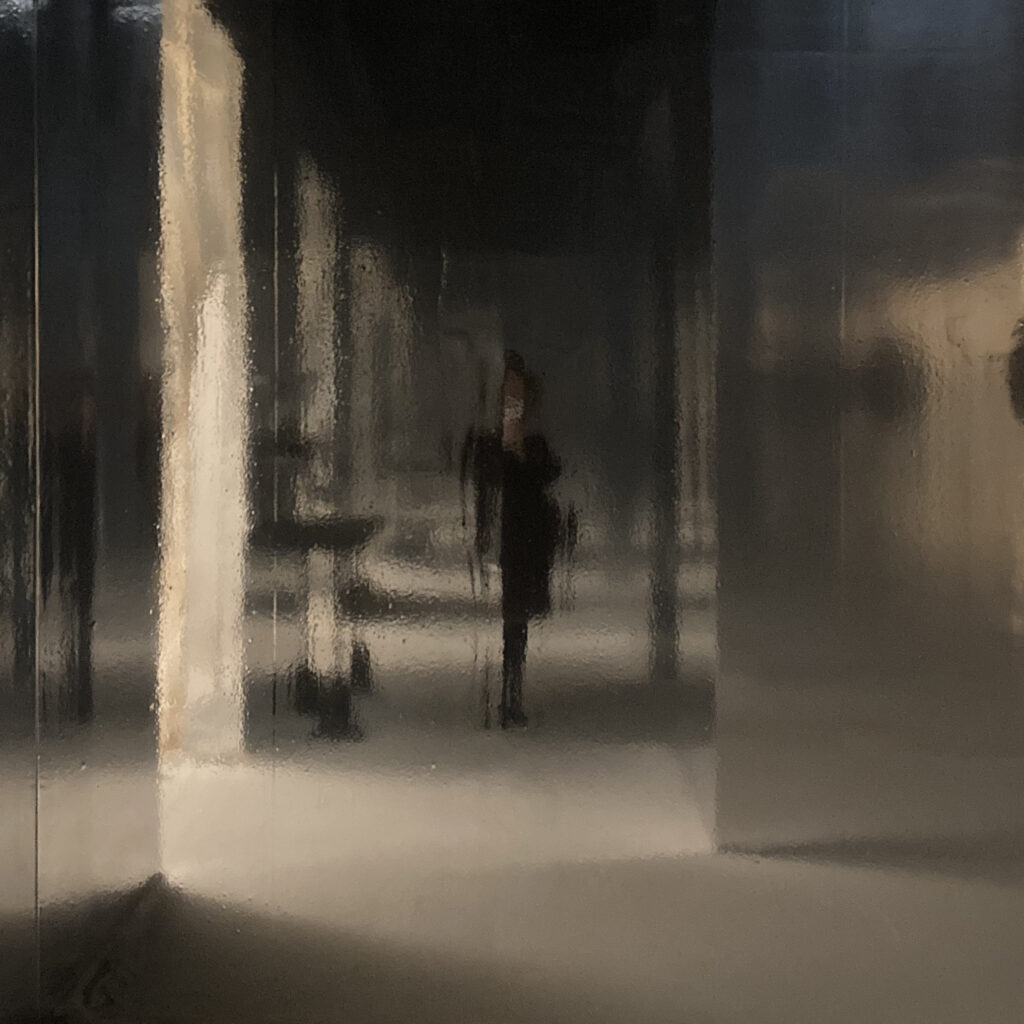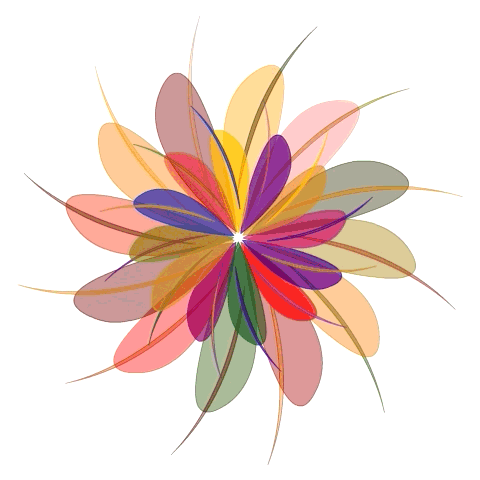
Frances Nutt is a London based illustrator creating patterns worked in pencil, ink, watercolour, photography and collage. Mixing in-camera photographic effects with ink and watercolour drawings layered together into a highly decorative, romantic rococco essence. Frances Nutt specializes in visual narratives for magazines, book and record covers and Fine Art Prints.
Her images are sometimes accompanied by the poems she wrote to lead her into the feeling of the story.
Telling tales from the soul of the city.
Many of her illustrations are featured on her collections of mens silk scarfs and pocket hankerchiefs based on the history and symbology of place and its decoration. London, New York, Paris. Currently available in bespoke tailors in Savile Row and Soho. www.francesnutt.co.uk
Studied History of Art and English Literature. Thesis on Frankenstein by Mary Shelley and her mother Mary Wollstencraft – themes of gender, politics, transformation, resurrection, botany and gardens informs her symbolic style.
“My strong interest in story, symbolism and history, contemporary culture, craft and aesthetics is woven into my work, inspired by Spitalfields silk weavers, designs in the V & A, Macclesfield silk museum, MoMu Fashion Museum Antwerp…feeling the narrative everywhere I walk.”
She learnt on the job. Experience has honed her skills over a lifetime as a commercial artist following in the workers education tradition rather than with an established art school training. Studying English Literature and History of Art at Manchester University in late 70s. Starting at the drawing board and in the darkroom of a graphic design company, using rotring pen and scalpel. She was a partner in a screen-printing business in Manchester with Matthew Rich now of MARS Print Studio , making posters for nightclubs including the Beach Club, the Russell Club, Band on the Wall and the Hacienda. Proud to print the Right to Work jackets for the Unemployment March from the North to London in 1981. With Artist Valentina Vicario she helped to restore Nautilus Press and Paper Mill in Ladbroke Grove making and dying paper and learning all stages of making a book and how to make etchings.
Frances has designed covers and layout for City Limits Magazine, Womens Voice, British Journal of Photography, Everywoman, Film Review, Interiors Magazine, International Textiles, Fashion Forecast, Fashion Weekly
More recently she studied botanical drawing at Capel Manor College in Regents Park with Angeline De Meester ( www.contemporarybotanicart.com ) and Photography and Etching at Kensington and Chelsea Adult Education College. Working as a freelance graphic and web designer as well as the Textile Librarian at Interior Designers Carden Cunietti ( www.Carden-Cunietti.com )
Frances Nutt London launched at Best of Britannia in October 2016 making illustrated silks for gentlemen’s accessories. Digitally printed onto silk twill in RA Smart’s Macclesfield mill and fashioned into luxurious 100% silk scarves and pocket hankerchiefs. Sold through seasonal fairs – Handmade in Chelsea, The Chelsea Physic Garden Christmas Fair, MADE Marylebone, Candid Arts, the Library Club, Portobello Market and through her online shop www.francesnutt.co.uk She is also stocked by Sean O Flynn Bespoke Shirtmaker, Savile Row W1 and Mark Powell Bespoke Tailor.
Frances’ strong interest in story and history, contemporary culture, craft and aesthetics is woven into her work, inspired by the heritage still centred around Macclesfield. Spending hours of enjoyable study researching the Spitalfields silk weavers designs in the V & A, Macclesfield silk museum, MoMu Fashion Museum Antwerp and everywhere she walks.
Each image in her collection is inspired by the feeling of place. The textiles become practical, collectible artworks you can wear, weaving a new level of narrative into a simple stroll.…telling tales of the soul of the city. Moments of everyday, everywhere beauty are translated into pattern and visual storytelling to enhance and adorn the appearance of the discerning dandy.
References include London’s National Theatre, the iconic Chelsea Hotel NYC and the 1960s architectural interior ceiling of the Curzon Cinema, Mayfair. The Ladbroke Grove gasworks are emotional evocations of her local neighbourhood. “Oxford St Xmas Tartan” is a repeat pattern of Selfridge’s Xmas windows. “Empire” is made using the architectural features of Hackney Empire and “Hampstead Heath” is based on a twilight photo taken on a walk with an old friend. Whittington is a collage telling the tale of Dick Whittington and his cat – recognisable as the mosaic discovered in the side entrance to Peter Jones, Sloane Square. The Frances Nutt London Garden Collection explores Hatton Garden, Kensington Gardens, Covent Garden, Meanwhile Gardens and many more.
Inspired by William Hogarth, Gustave Dore, Jean Cocteau, Lila de Nobili, Christian Berard, David Downton, Édouard Vuillard, Peter Ackroyd, Hilary Mantel, Walt Whitman, Maria Grazia Chiuri, Anna Maria Garthwaite, Dries Van Noten, Nan Goldin, Sandy Powell, Patti Smith, Florine Stettheimer, Jean Paul Belmondo, Halston, Elsa Peretti, Mary Shelley, William Blake, Marie Laurencin, Marvin Gaye, Richard Ashcroft, Peter Saville, MARS Print Studio, Tomato Studio, United Visual Artists (UVA), William Kentridge, Marlene Dumas, Peter Doig, Isabel Toledo.
Case Study
The story of the Lost Sister – The Red House
National Trust Open Call
My collections are inspired by the spirit of place, psychogeography, memory and history. For the Open Call I chose the history of the Red House in Bexley Heath at the time when Willliam Morris – artist, designer, poet, novelist and social activist lived there in the mid 1800s.
Morris wanted the house to look like a jewel box. It was painted and adorned by his companions including Webb, Rossetti and Burne-Jones. He wrote – have nothing in the house ‘which you do not know to be useful or believe to be beautiful’. On the second floor, the living room fireplace is painted with the motto, Ars Longa, Vita Brevis: “Life is short, art is forever.”
William Morris visited Macclesfield (where Frances Nutt London scarves are printed) to learn more about natural dyes from local silk manufacturer Thomas Wardle and gave a lecture at the School of Art in 1889 about the Arts and Crafts movement.
“Morris was one of a formal group of people in the mid-19th Century who grew increasingly concerned about the far-reaching effects of the Industrial Revolution…critics in the vein of John Ruskin felt that modern manufacturing processes deprived workers of the satisfaction of handcrafting, and that consumers were surrounding themselves with soulless products…the home should serve as a spiritual and moral respite from the chaos of the cities, a philosophy termed the “Cult of Domesticity.” The perceived solution was a revival of the medieval “Guild” mode of production, in which craftsmen were directly involved in the entire manufacturing process.” (Archdaily.com)
I was curious about Lucy Faulkner one of two sisters who worked as part of “The Firm” started by their brother Charles Faulkner and William Morris. Morris, Marshall, Faulkner & Company produced mural decoration, stained glass, metal work and furniture.
Lucy Faulkner created fairy tale illustrations on ceramic tiles, embroideries and engravings including for Dante Gabriel Rossetti’s Goblin Market. The sisters Lucy and Kate Faulkner began as amateurs and developed into professional crafts women contributing to many items produced by the firm.
My design is called ‘The Lost Sister’. Lucy married an engraver and bookbinder called Harvey Orrinsmith and with the change of name became lost in history much of her work was misattributed to her sister Kate and only lately rediscovered with her initials LF or LJF. She continued to work for her husband making wood engravings for Smith and Linton in Hatton Garden. As Mrs OrrinSmith she wrote, illustrated and published a book called The Drawing Room: Its Decorations and Furniture (1878). This includes a discussion on colour theory which I would like to pursue further in the colourways of the scarves and squares.
The draft design included in the images I am presenting for Open Call, combines an etching style illustration of the bear from LJF’s tile painting of the Beauty and the Beast and botanical drawings of Sleeping Beauty’s red roses. The lines in the image represent the wood engraving marks carved by her hand and the background pattern is created from details in Lucy’s book on interior design and from the architecture of the Red House.
Frances works in accordance with the tradition of useful decoration combined with artifice and charm to consciously beautify our environment. Translating this into the modern consciousness of dandyism as a delight in ornamentation and artifice. Practical collectible artworks you can wear.
She joins in the tradition of those who have created the architecture, pattern and texture of the environment adding an air of modern British style to any suit or jacket. The scarves and hankerchiefs are also popular with women and her website diary explores the definition of a female dandy and the femme fatale.

Inspiration
Arch Daily
https://www.archdaily.com/873077/ad-classics-red-house-arts-crafts-william-morris-philip-webb
Lucy Orrinsmith, (1878). The drawing-room: its decorations and furniture. London: Macmillan and Co. ISBN 1148770151.
Emma Ferry. “The other Miss Faulkner: Lucy Orrinsmith and the Art at Home Series” (PDF). Journal of William Morris Studies. Retrieved 18 April 2017.
William Morris Gallery, Alceste tile (c.1862), http://www.wmgallery.org.uk/collection/artists-64/orrinsmith-nee-faulkner-lucy/initial/o/page/1/object/alceste-tile-c175a-c-1862.
Tile Panel “Beauty and the Beast (c.1863-64)”. William Morris Gallery.
Emma Ferry. Lucy Faulkner and the ‘ghastly grin’: Reworking the title page illustration to Goblin Market, Journal of the William Morris Society, Winter (2008), pp. 65-84.
